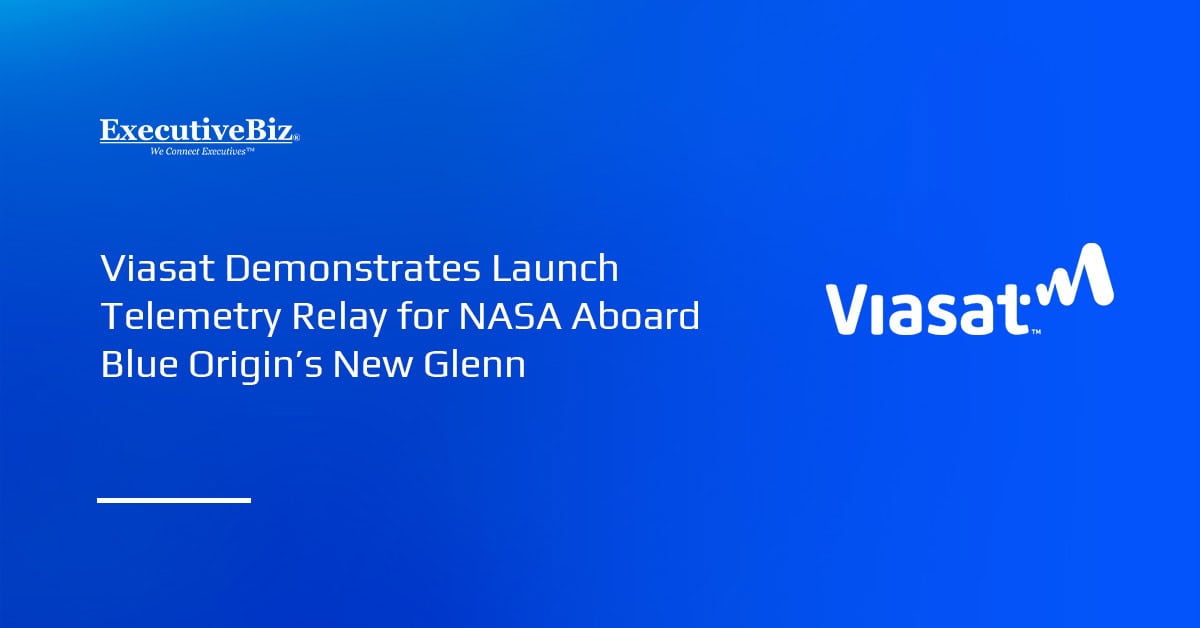Viasat completed its first in-flight test for NASA’s Communications Services Project, demonstrating its launch telemetry relay capability aboard Blue Origin’s New Glenn rocket during Thursday’s NG-2 mission, which lifted off from Cape Canaveral.
How Did the Demonstration Work?
The test was aimed at validating the ability to provide persistent launch telemetry connections by routing real-time data through a global L-band satellite network, Viasat said. The service maintained a continuous link during ascent, enabling flight data to be transmitted to the launch operations center without relying solely on geographically constrained ground stations.
The capability is part of Viasat’s HaloNet portfolio, which supports telemetry, tracking and control functions by using operational geostationary orbit satellites and associated ground infrastructure to provide end-to-end data relay during launch and early mission phases.
“We are thrilled to successfully complete our first demonstration under NASA’s Communications Services Project and show how commercial technologies can help support critical launch telemetry data needs,” said John Reeves, vice president of space and mission systems for Viasat Government.
Why Is NASA Testing Commercial Relay Services?
The demonstration is one of several tests NASA is conducting as it prepares to transition away from its Tracking and Data Relay Satellite fleet. Under the Communications Services Project, NASA awarded six funded Space Act Agreements in 2022 to evaluate whether commercial satellite networks can provide reliable near-Earth communications services for future missions.
As NASA moves toward a commercial relay model by 2031, demonstrations like HaloNet help assess whether industry systems can support launch telemetry, command and control, and near-Earth science missions.
What Comes Next?
Viasat said the NG-2 mission was the first of multiple planned demonstrations under the NASA project. A second launch telemetry test with Blue Origin is scheduled for early next year, and additional tests with other CSP partners are expected in 2026.
“We’re proud to be partnering with NASA on these near-Earth communications capabilities to help both government agencies and commercial operators benefit from the latest available solutions,” Reeves said.





